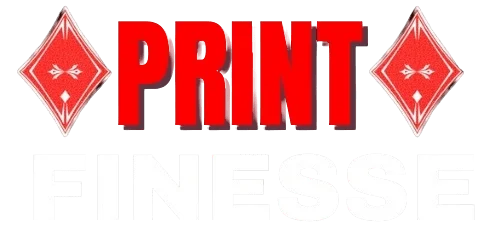In the era before mobile phones could handle complex 3D games, Sony introduced a handheld console that felt like a console experience in your pocket—the PlayStation Portable, murah4d or PSP. When it launched in the mid-2000s, the PSP promised a revolution. With a high-resolution screen, powerful hardware for its time, and a growing catalog of PlayStation games, it wasn’t just competing with Nintendo’s handhelds—it was trying to redefine the entire concept of portable gaming. Nearly two decades later, many of the best PSP games are still cherished, and for good reason.
What made the PSP stand out was how closely it mirrored the capabilities of the PlayStation 2. This meant it could handle not just smaller mobile-style games, but full 3D adventures, deep RPGs, and even complex stealth action games. Metal Gear Solid: Peace Walker is a prime example—a game that many fans consider as essential to the franchise’s story as any console release. Its production values, voice acting, and gameplay mechanics all rivaled its home console counterparts. It was proof that PSP games could be more than just spin-offs.
Sony’s handheld also provided a stage for original titles that couldn’t have existed elsewhere. Patapon, a quirky rhythm-based strategy game, combined minimalism with addictive gameplay. LocoRoco introduced a new kind of platforming based on physics and environmental interaction. These games not only expanded the idea of what handheld games could be but also demonstrated the PSP’s versatility. Developers were clearly inspired by the PSP’s power, and the best PSP games often pushed the boundaries of creativity.
Another key aspect of the PSP’s appeal was its deep support for Japanese RPGs. Crisis Core: Final Fantasy VII is still hailed as one of the best spin-offs in the legendary series. Its emotional storyline and unique combat system made it a standout title. Other games, like Persona 3 Portable and Tactics Ogre, offered immersive turn-based and tactical gameplay, tailored perfectly for playing on the go. For fans of the genre, the PSP was an essential console, packed with hours of strategic and narrative-rich content.
Despite its innovations, the PSP did face challenges. The proprietary UMD discs, while novel, were prone to loading issues and limited capacity. Digital distribution was still in its infancy, and internet connectivity on the device was slow. But even with these hurdles, the quality of its library made the system worth owning. Many of the best games were exclusive and remained locked to the system for years, increasing the device’s cult status among collectors and retro gamers.
In today’s gaming landscape, the PSP may be considered retro, but its influence is still felt. Emulation has made it easier to revisit PSP games, and remakes or remasters—like Crisis Core: Reunion—have brought some of its classics to modern systems. There’s a growing appreciation for what Sony accomplished with the PSP, especially as handheld gaming experiences a renaissance through devices like the Steam Deck and Switch. The PSP was ahead of its time, and now, players are seeing that more clearly than ever.
In the grand timeline of gaming history, the PSP stands as a bold experiment that succeeded in bringing console-level experiences to a handheld device. Its games, whether action-packed or deeply emotional, offered something unique that couldn’t be found anywhere else at the time. And while the hardware is now retired, the legacy of the best PSP games continues to endure—celebrated by fans, preserved by archivists, and remembered as a golden era of portable play.
